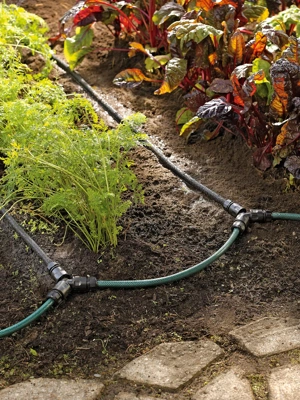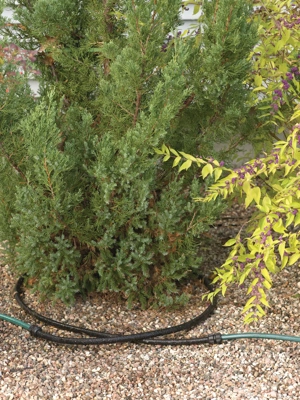Black Rot
 Margaret Tuttle McGrath, Cornell University
Margaret Tuttle McGrath, Cornell UniversityWhen this bacterial disease infects young cabbage-family plants, the leaves turn yellow and plants become stunted and die. In older plants, first signs of infection are usually on the lower leaves, which develop yellow, V-shaped lesions at their edges. The infection gradually spreads toward the center of the leaf, and the veins within this dead tissue turn black. As the disease progresses, the heads of cabbage and cauliflower may rot.
The bacterium is spread by insects and splashing water and on contaminated tools. Warm, humid weather encourages the disease, which occurs in most of North America, but is most common in the East.
Prevention and Control
- Plant certified disease-free seed and transplants.
- When possible, choose varieties that are resistant to black rot.
- If space in your garden allows, follow a three- to four-year crop rotation to avoid planting susceptible crops in the same area.
- Use drip irrigation or soaker hoses rather than overhead watering to keep foliage dry.
- Destroy or deeply bury infected plants.
Last updated: 12/14/2022
Print this Article:
Related items
Get the Dirt
Stay up to date on new articles and advice. Please fill out the information below.












